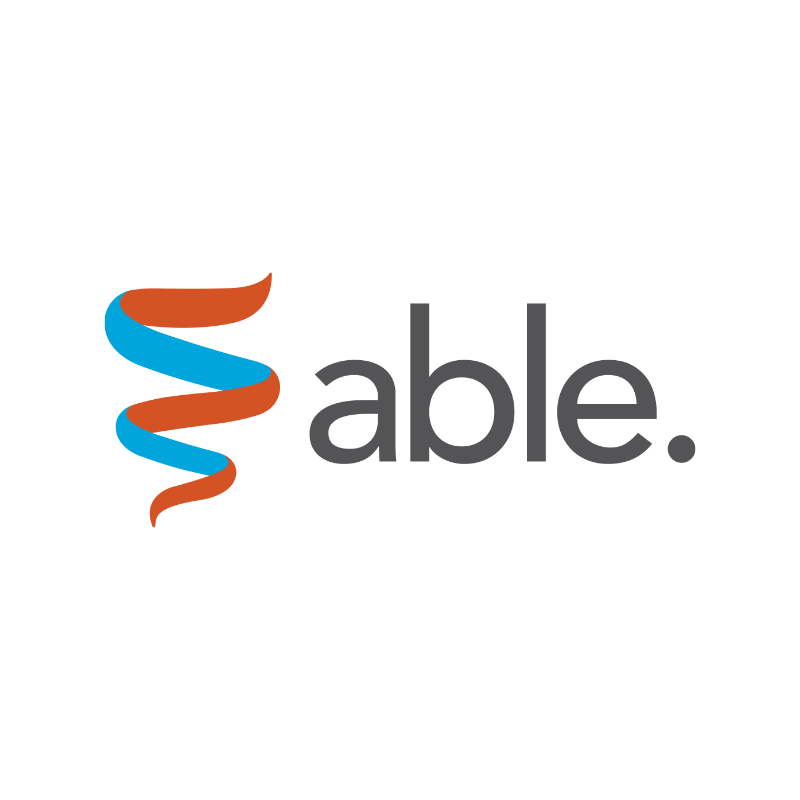
ABLE.Family
Art Based therapies to encourage Longevity in Elderly participants
About
ABLE.Family (Art Based therapies to encourage Longevity in Elderly participants) is a free, web-based, interactive digital gaming platform designed for wide spectrum of older adults and their intergenerational family members and friends. Designed with dementia- and age-friendly approaches, ABLE seeks to reduce loneliness and isolation while providing engaging art, gaming and recreational experiences via remote, co-located participation. We offer ABLE.Family to provide meaningful forms of interaction for family and friends that enhance quality of life and relationships, especially during times of separation such as due to the COVID-19 pandemic. The platform design is led by Dr. Paula Gardner, with trainees and faculty from Communication Studies/Media Arts, Rehabilitation Sciences, Nursing, and Computer Science; we engage in critical participatory design with staff and participants of the Alzheimer Society’s (Hamilton and Halton) Minds in Motion program, and participant affiliates of the Hamilton Council on Aging, the YWCA, Hamilton and McMaster aging research units MIRA and GERAS. ABLE.Family uses interdisciplinary research and approaches to build our game interface and game/art experiences to support older adults on a continuum of abilities. Our designs reflect research showing that particular colours, textual experiences and routine movement practices can be engaged to support diverse memory, cognition, and mood needs and experiences of diverse players. The goal of the ABLE.Family iteration is to address the meet the needs of Older Adults with Dementia (OAD) and their intergenerational family members for play, art making and socialisation in an accessible virtual setting.
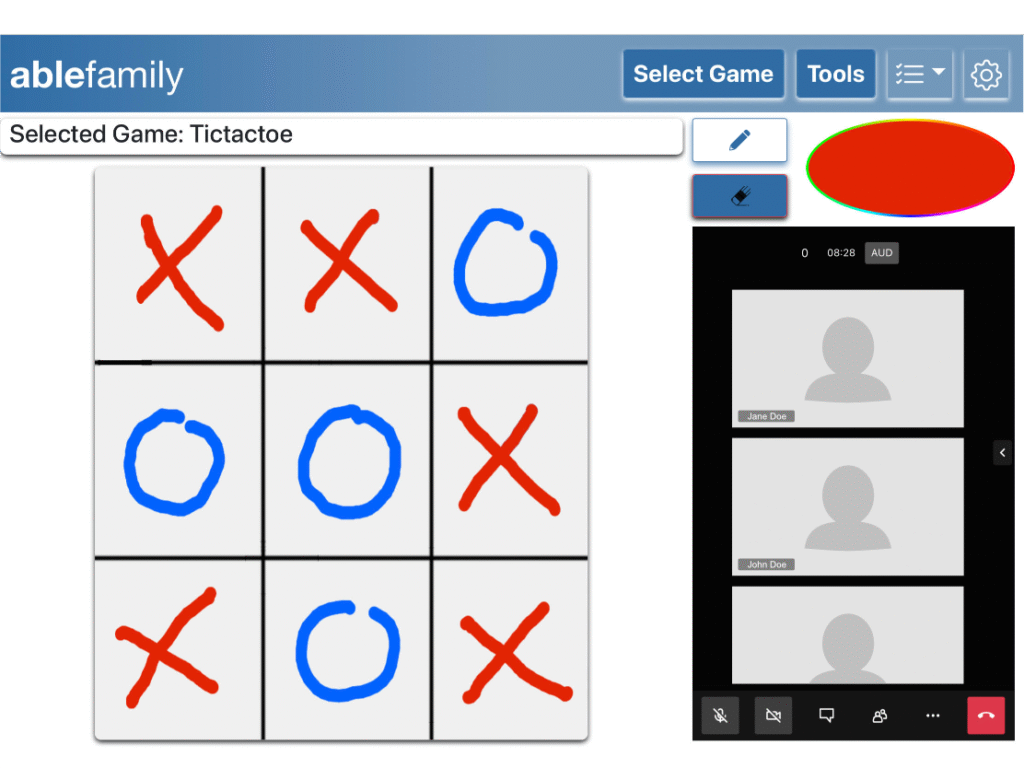
The ABLE.Family platform can be accessed via tablet computer, desktop, or smartphone. Users create a room and can choose from several activities, including Tic-Tac-Toe, watercolour painting, group drawing or ‘Pictionary,’ and a new movement/dance game. Each activity is designed to be accessible to diverse players and scaled to allow minimal or maximum participation and interaction. Both textual and visual symbols are provided for navigation to ensure accessibility based on different preferences.
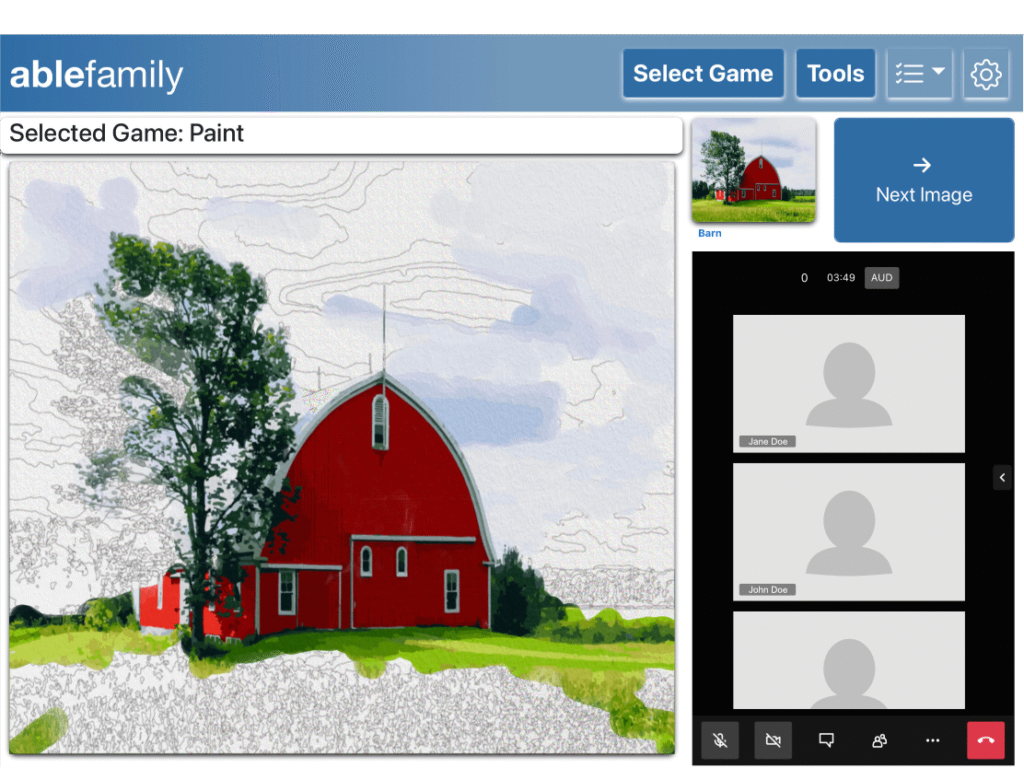
Players can chat on ABLE.Family while they play without needing to use an additional video platform. By clicking a video link, players can use video chat (via Jit.si, an open-sourced web conferencing platform). The platform can be easily customized to suit the needs of Older adults and their family members. For example, participants can choose a pared down interface with few features to support access for older adults with dementia and sound effects can be silenced.
ABLE.Family is informed by diverse lab expertise in critical, feminist, and disability justice approaches and engages in highly participatory design practices with community members. In our iterative testing, we consulted throughout development with diverse stakeholders (health professionals, Alzheimer Society staff and participants, etc.) to negotiate technology barriers and key interests in creative interaction and play. Uniquely, the platform supports OAD and other intergenerational users to engage procedural memory so that older adults with dementia can return each time, to re-engage with game play. As well, features (such as the draw/erase functions) are designed with skeuomorphic symbols (looking like real-life items) to increase access for a wide spectrum of users.
Recent additions include three step onboarding assisted by a videotaped guide, Judith.
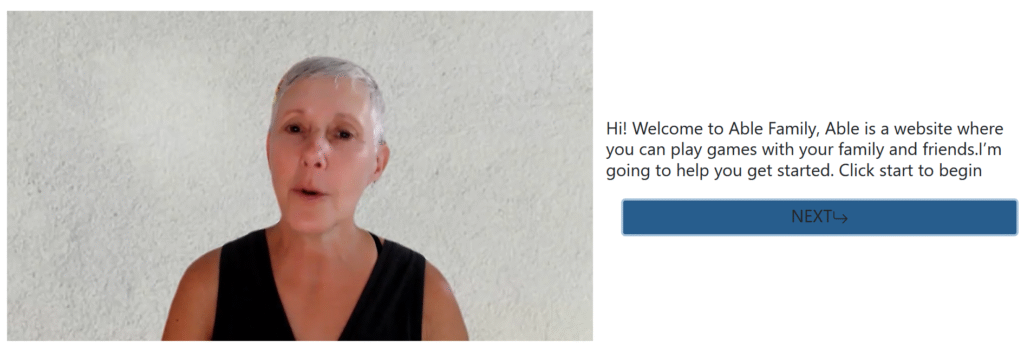
Working with movement/dance expert Julia Aplin (Upward Spiral, Toronto), we co-created movement games with older adults. These engage players in creative interactions that make playful use of the screen and the virtual interface, and offer a range of affective, cognitive and physiological benefits in addition to being pleasurable.
In our next iteration of ABLE will create ABLE Village—an expansive virtual community offering diverse spaces (a café, park, gallery, etc.) and new games and experiences that focus on supporting the socialisation and recreational needs of older adults. New game experience will include a Jukebox, for musical sing-alongs, a sonic paint project, and AR and VR game opportunities. The project will conjoin the McMaster team with colleagues from Concordia University, UNB, Dalhousie and University of Manitoba. Stay tuned for more information as we plan ABLE Village!
Latest from ABLE.Family
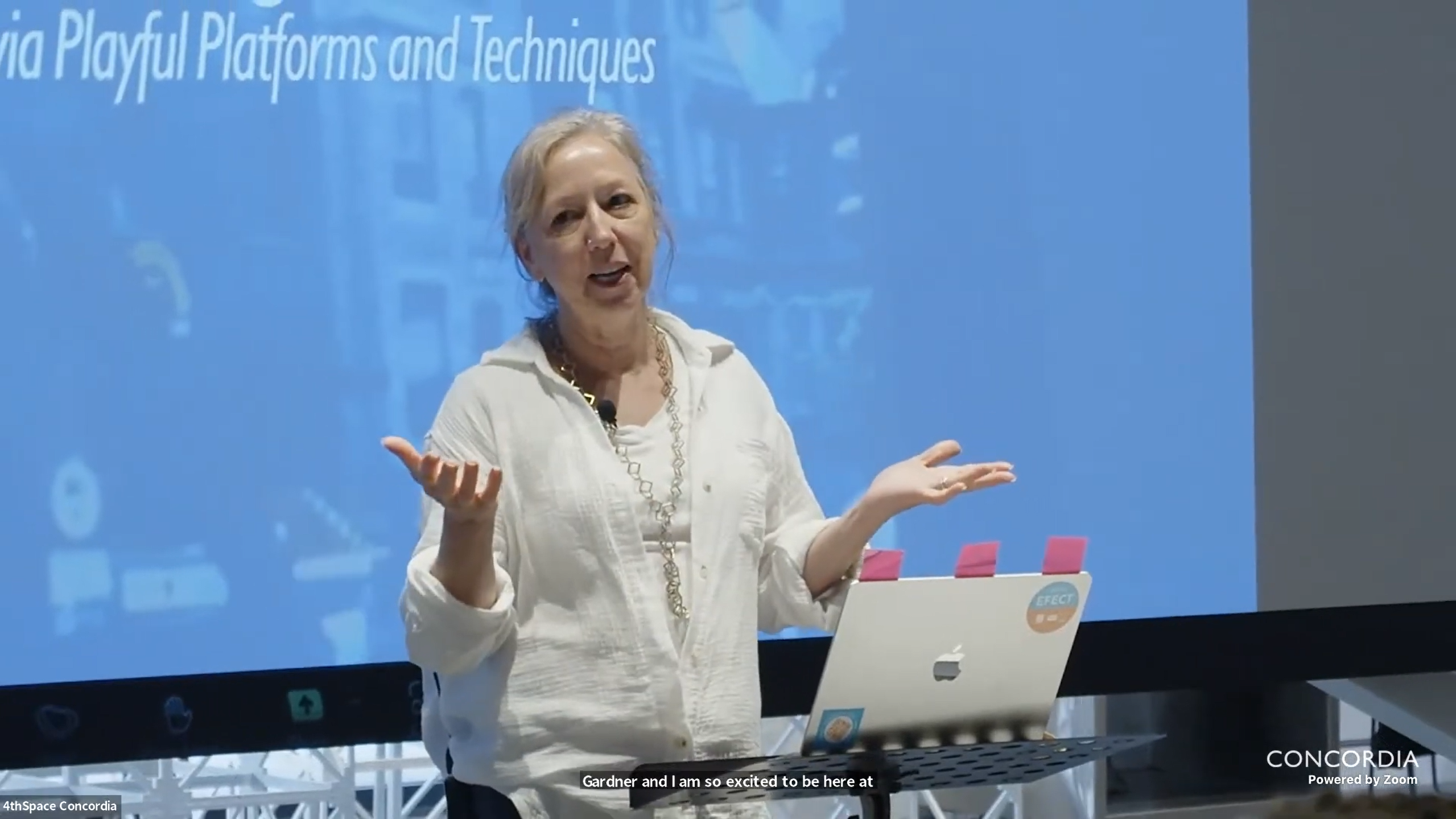
Concordia University - Fourth Space ➚
Dr. Paula Gardner: Disrupting Ageism in Design via Playful Platforms and Techniques - B/OLD Events May 2024
# Events and Activities

Brighter World News ➚
“The older adults in my family were the anchors”
# Front Page, ABLE, Current Projects, Dr. Paula Gardner, People
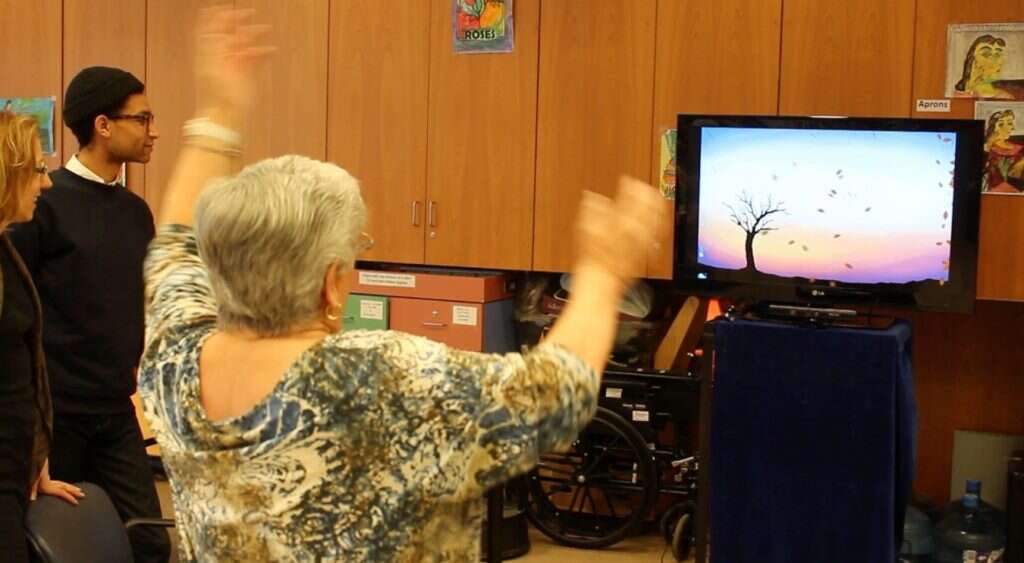
Brighter World News ➚
Grandma's got game
# Front Page, ABLE, Current Projects, Dr. Paula Gardner, People, Stephen Surlin






